2023-07-25 08:53
Senate Presents Port Development Plan

The Hamburg Senate has endorsed a new port development plan. This lays down strategic guidelines for the port policy of the coming years, defines the availability of land for port development, and outlines strategic orientation for their future utilization. Dr. Melanie Leonhard, Senator of Economics and Innovation: “Hamburg is and will remain Germany’s largest seaport.
This is of fundamental importance for the economic strength of Germany as an exporting economy and for supply chain security at national and European level. Going forward, we shall continue to operate a large, efficient universal seaport that serves these aims. Cargo handling is not an end in itself and container numbers may be an indicator, but are not the only relevant factor. Unlike other ports, Hamburg is itself a significant market and industrial base. Goods on arrival are not only transhipped, but also consumed or further processed.“
The Port Development Plan cites global trends, local operating conditions, and both social and economic developments. To remain competitive, the port needs to adapt continuously to these. The Port Development Plan accordingly defines guidelines for the required transformation processes (Part 1) and cites concrete areas for action, goals and measures (Part 2). Along with many individuals, such stakeholders in the port as companies, trade associations and chambers have been comprehensively integrated several times in the drafting process.
The port will harness such global mega-trends as digitalization, climate protection, the circular economy, the transformation of work, and e-commerce, to extend its position. Customer orientation, quality and climate protection are crucial leitmotivs for the development of the port. Hamburg will rely on its existing strengths, yet primarily on its great diversity. This not only opens up numerous development prospects for the port, at the same time making it adaptable and resilient in face of economic fluctuations.
The Port of Hamburg should continue in future to be notable for a variegated range of services, from cargo handling, via its broad industrial base and efficient logistics, to cruise shipping. Going forward, the port development plan presents a strategic land utilization regime providing the basis for facilitating a mix of functions in future.
< Korea Shipping Gazette >
많이 본 기사
- HMM, 4번째 9000TEU급 신조 컨선 부산-남미동안항로 취항“미중 입항세 유예로 국적선사 경쟁력 제고 놓쳐”신선대감만터미널·부산신항만·경북항운노조 항만안전대상 영예‘남미 30%대 껑충’ 컨운임지수 2주만에 1400선 회복벌크선시장, 철광석 수요 활황에 선복 부족 이어져팬스타그룹 2500t급 연안유람선 부산서 첫 뱃고동부산항만공사, 스마트항만 기술혁신포럼 개최中 시안-체코 프라하 정기화물열차 운행 개시대만 3대 선사 3분기에 영업익 1.7조 합작KMI, 부산국제금융진흥원과 해양수도 금융전략 논의
- 부산신항 비엔씨티, 김장김치 1100박스·700만원 기탁HD현대, 디지털·AI 앞세워 2030년 ‘매출 100兆’ 목표 제시박정석 한국해운협회장, 명예 해기사·1급항해사 위촉인천공항공사–항공대, 공항직원 전문교육 확대 나선다조선기자재연구원, 산업혁신기술지원플랫폼 사업성과·과제 공유BPA, 환적모니터링시스템 포트아이 16일 先배포건강칼럼/ COPD 환자, 추우면 ‘숨’이 힘겹다!중국유럽정기화물열차 누적 운행횟수 12만회 돌파해양수산연수원 오션폴리텍 교육생 헌혈증 120장 기부IPA, 인항고·인천해사고에 장학금 2000만원 전달






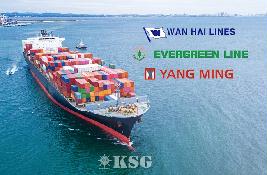
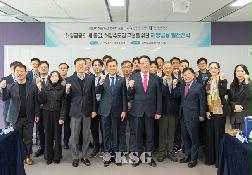
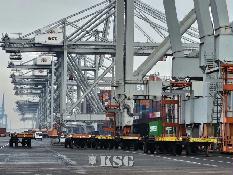



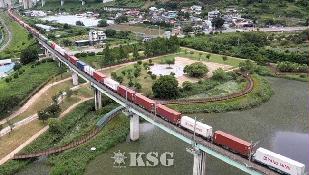

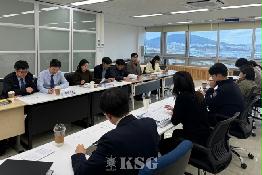
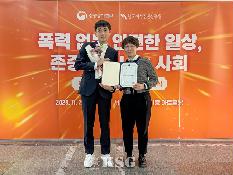
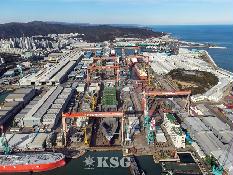


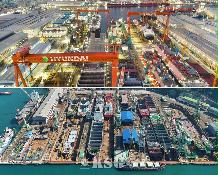
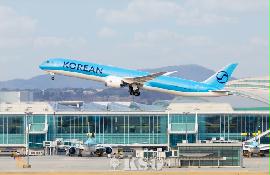



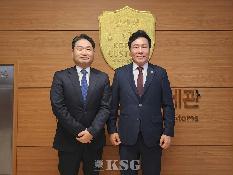


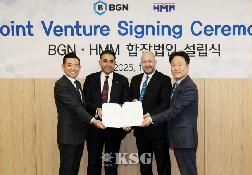
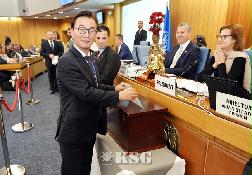
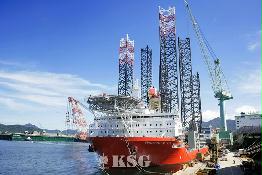
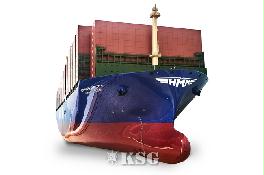
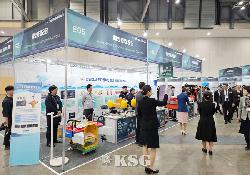
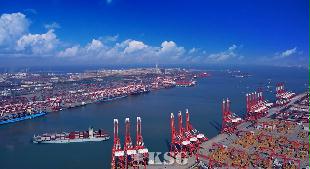

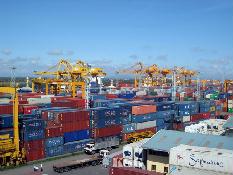








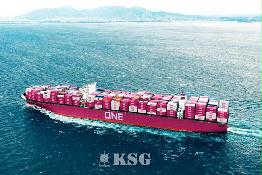
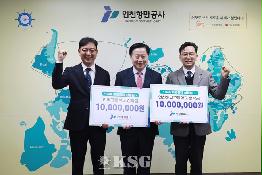





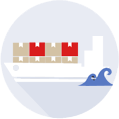















0/250
확인